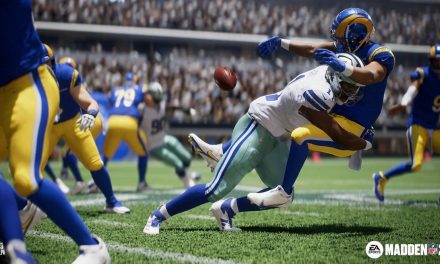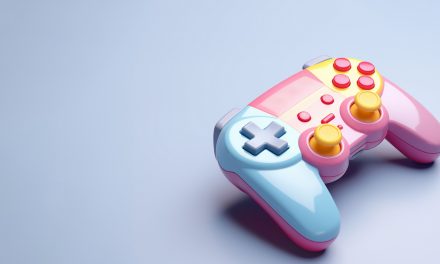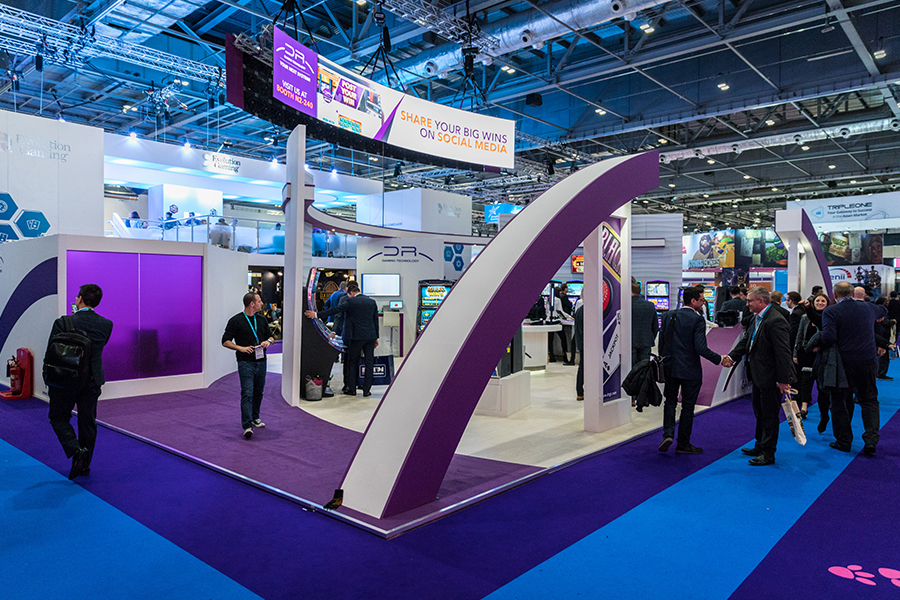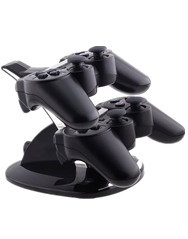You know a good digital table the moment the ball leaves the plunge lane. The roll has weight, the flippers bite cleanly, and a nudge shifts the shot line by a hair instead of a lurch. When a game nails those basics, rules and art can shine without fighting the physics.
If you like comparing digital tables with the real thing, browsing commercial pinball machines for arcades helps you see how ramps, coil strength, and layouts translate from cabinet to code. Matching titles and manufacturers, then checking how faithfully a game models those parts, makes your pick more informed.
Photo by cottonbro studio
How We Pick Winners
- Start with physics. The ball should show real momentum from slope, spin, and friction. Flippers need distinct half presses, with clean post passes and reliable catches. Any asymmetry should come from table design, not code.
- Check input latency. Delays break muscle memory. Aim for stable 60 frames per second or better, with an option to cap frame rate to your display.
- Assess rules and feedback. Modern tables stack multiballs, mini modes, and wizard modes. Strong adaptations mirror real inserts and callouts, teach new players fast, and avoid pop ups once you know the routes.
- Balance realism and extras. Some players want strict recreations, others enjoy cinematic cameras and effects. The best games let you toggle these flourishes without hurting competitive play.
Top Picks
- Pinball FX (Zen Studios). A large, active catalog and regular updates make Pinball FX the most accessible hub for most people. It spans licensed brands and original tables, and it supports challenges and seasonal events for quick sessions. The physics model is improved over older entries. Post catches, dead bounces, and live passes behave more predictably than before. Tournaments are easy to join, and cabinet mode support keeps improving for home rigs.
- The Pinball Arcade (FarSight Studios). Licensing limits the current storefront, but The Pinball Arcade earned its reputation with faithful recreations of Williams, Bally, and other classics. Flipper hops, inlane feeds, and post transfers feel familiar if you grew up on those machines. It remains useful for learning historical rule sheets before you hunt down the real cabinets on location.
- Zaccaria Pinball (Magic Pixel). Zaccaria focuses on vintage charm with a deep catalog and multiple physics presets. It caters to players who prefer early solid state layouts with open playfields, spinners, and drop targets. The customization tools are generous, so you can tune lighting, difficulty, and cabinet angle to match your taste.
- Visual Pinball X ecosystem. VPX is a community driven platform, not a single retail title. With a well tuned cabinet build, you can achieve excellent realism, but it takes setup time and comfort with community resources.
It is a great choice for tinkerers who enjoy dialing in nudge sensitivity, mechanical feedback, and display configurations.
Why Pinball FX Stands Out
If you need one answer to the best, Pinball FX suits the widest group because of breadth and maintenance. The catalog is active, so you can bounce from fantasy originals to licensed themes and learn different rule styles without changing platforms.
Event ladders and time limited challenges give structure when you have twenty minutes to play. Cabinet mode and input options have improved, which helps both desktop and full size setups.
Physics remains the debate for long time players, and the studio is still iterating. Post catches feel better than in older generations, live passes are consistent on most tables, and the ball no longer skates like a marble on glass.
It will not match every real counterpart, and that is acceptable if you want a stable platform with a clear update path and regular competition.
Match Game To Real Tables
Digital practice works best when you pair it with real layouts. Pick a table family you like, for example a modern Stern with fast orbits and an upper flipper combo, then find its digital counterpart. Study the shot map, combo windows, and mode order in the game.
When you see that cabinet on location, you will warm up faster because your eyes know the geometry.
Study cabinet details as well. Ramp height, return angles, and scoop positions decide whether a combo is fluid or fussy. By comparing a digital build to photos and spec notes of real machines, you avoid learning habits that do not carry over.
Retail pages for location machines also help you understand extras like shaker motors or specialty glass, which many digital games simulate with camera shake or lighting changes.
For a solid bridge to location play, drill core fundamentals in both spaces. Practice controlled cradles, dead flips to trap on the opposite flipper, and soft plunge skill shots. A physics engine that respects these basics will feel closest to live play.
Settings That Matter
Start with camera settings. A static three quarter view teaches shot memory. A follow ball view is better for casual sessions. Pick one and stick with it for a week so your brain builds timing around a stable sight picture. Turn off heavy motion blur if it hides the ball near slings or pops.
Dial in nudge strength and tilt behavior. Digital games often default to nudges that do not move much. Increase sensitivity a notch and practice single tap saves. Then learn when to stop to avoid a tilt. If your game supports analog nudging, use a stick or accelerometer instead of binary key presses.
Use audio well. Real cabinets talk to you through coil clacks and switch clicks. In digital pinball, raise mechanical sound effects and lower music a touch so you can hear inlanes, ramps, and spinner rates. That feedback tells you when a shot grazes a post or cleanly rides a rail.
Finally, check input lag. Use your display’s game mode, cap the frame rate to a divisor of your panel refresh, and test flipper timing in a safe loop such as catch and release from a cradle. Consistency matters more than a high number.
Leaks And Rumors To Watch
VGLeaks readers track new hardware rumors, controller changes, and platform roadmaps. Those details matter for pinball as much as for action games. A new console with higher CPU budgets can support better collision detection and more accurate spin.
An updated haptic system can simulate coil punches and sling hits more believably. When you evaluate rumors, ask whether the change improves timing stability, physics resolution, or input fidelity. Those three areas change how a pinball video game feels on day one.
Leaks about licensed tables are interesting as well. If a rumored pack adds a classic with a deep wizard mode, prepare by reading the real table’s rule card and watching a few clean runs. When the digital version appears, you can test whether scoring balance and mode timers track established strategy.
Photo by Matheus Bertelli
The Bottom Line
If you want one platform that balances physics, content, and ongoing support, Pinball FX is the safest overall pick for most players today. If you prefer strict recreations of specific classics, The Pinball Arcade remains valuable where available.
Zaccaria Pinball serves vintage fans, and the VPX ecosystem rewards builders who want total control. Tie your choice to how you play in the real world, compare digital tables against real layouts, and keep your settings stable for a week so your timing improves.











![[Rumor] Capcom is reportedly working on a new Dead Rising](https://vgleaks.com/wp-content/uploads/2025/12/capcom-logo-150x150.jpg)

